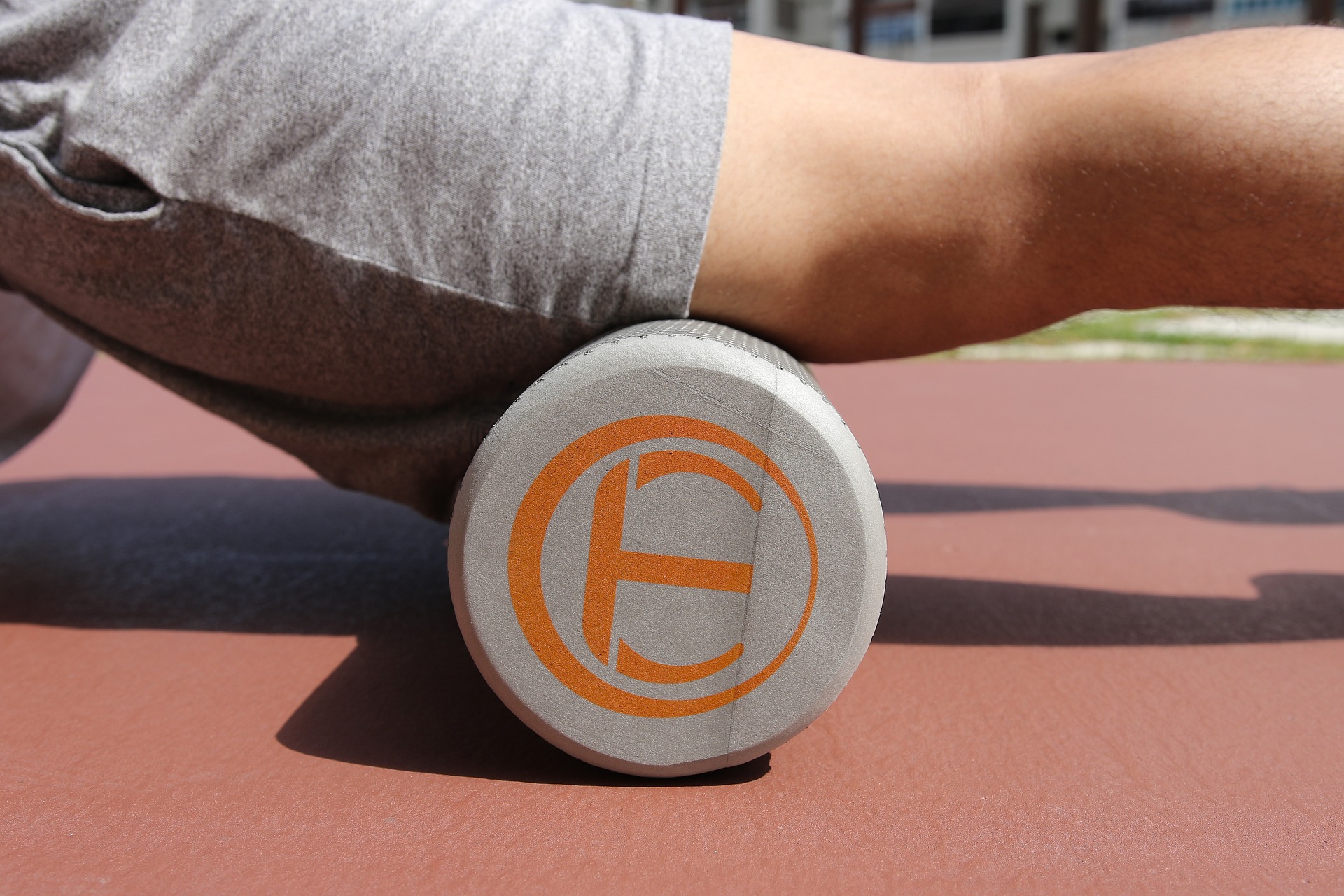Chronoexercise: Aligning Workouts with Your Body Clock for Optimal Results
Time isn't just a measure of duration; it's a crucial factor in how our bodies function. Enter chronoexercise, a revolutionary approach to fitness that syncs your workout routine with your body's natural circadian rhythms. But what makes this method so promising, and how can it transform your fitness journey?
Understanding Chronobiology and Exercise
Chronobiology, the study of biological rhythms, has long been applied to sleep patterns and meal timing. However, its application to exercise is a frontier that’s only now being fully explored. Our bodies operate on a 24-hour cycle, influencing everything from hormone production to body temperature and metabolism. By aligning our workouts with these natural rhythms, we can potentially enhance performance, recovery, and overall fitness outcomes.
Research shows that certain times of day may be optimal for specific types of exercise. For instance, strength training in the late afternoon might yield better results due to higher body temperature and testosterone levels. Conversely, morning cardio sessions could be more effective for fat burning, as the body taps into fat stores more readily after an overnight fast.
The Science Behind Timing Your Workouts
Emerging studies are shedding light on the intricate relationship between exercise timing and physiological responses. A 2022 study published in the Journal of Physiology found that afternoon exercise was more effective at lowering blood glucose levels and insulin resistance compared to morning workouts. This suggests that individuals at risk for type 2 diabetes might benefit more from later-day exercise routines.
Moreover, research from the Weizmann Institute of Science revealed that the expression of certain genes related to metabolism and muscle growth varies throughout the day. This variation could impact how our bodies respond to exercise at different times, potentially influencing muscle hypertrophy, endurance, and recovery rates.
Personalizing Your Chronoexercise Plan
While general guidelines exist, the ideal workout time can vary from person to person. Factors such as chronotype (whether you’re a “morning lark” or “night owl”), work schedule, and personal preferences all play a role in determining the best exercise timing for you.
To create a personalized chronoexercise plan, start by tracking your energy levels, mood, and performance at different times of day. Use this data to identify your peak periods for various types of activities. For example, you might find that you have more endurance for long runs in the morning but perform better with high-intensity interval training in the evening.
Optimizing Recovery Through Timed Rest
Chronoexercise isn’t just about when you work out; it’s also about when you rest. The timing of your recovery periods can significantly impact muscle repair and growth. Research suggests that the body’s ability to synthesize protein and repair muscle tissue varies throughout the day, with peaks occurring during sleep.
Incorporating timed rest periods that align with your body’s natural recovery rhythms can enhance the effectiveness of your workouts. This might mean scheduling intense training sessions in the evening, followed by a protein-rich meal and quality sleep to maximize overnight recovery processes.
Integrating Chronoexercise into Daily Life
Adopting a chronoexercise approach doesn’t necessarily mean overhauling your entire schedule. Small adjustments can make a big difference. For instance, if you typically do strength training in the morning but find yourself struggling, try shifting those sessions to the afternoon or early evening when your body might be better primed for muscular exertion.
Similarly, if you’re looking to improve your cardiovascular health, consider morning runs or cycling sessions to take advantage of the body’s natural cortisol spike, which can enhance fat burning and energy utilization.
Chronoexercise Insights for Optimal Performance
-
Morning (6 AM - 9 AM): Ideal for cardio and fat-burning exercises due to higher cortisol levels
-
Mid-morning (9 AM - 11 AM): Good for high-intensity workouts as body temperature begins to rise
-
Afternoon (2 PM - 6 PM): Optimal for strength training and high-performance activities
-
Evening (6 PM - 8 PM): Suitable for flexibility and low-impact exercises as the body prepares for rest
-
Late night (After 8 PM): Focus on gentle stretching or yoga to promote relaxation and sleep
As we continue to unravel the complexities of human physiology, chronoexercise stands out as a promising frontier in fitness optimization. By aligning our workouts with our body’s natural rhythms, we can potentially enhance performance, accelerate recovery, and achieve our health goals more efficiently. While the concept is still evolving, the early results are compelling, suggesting that the future of fitness might not just be about what we do, but when we do it. Embrace the power of timing in your fitness journey, and you may discover a new level of physical potential you never knew you had.






